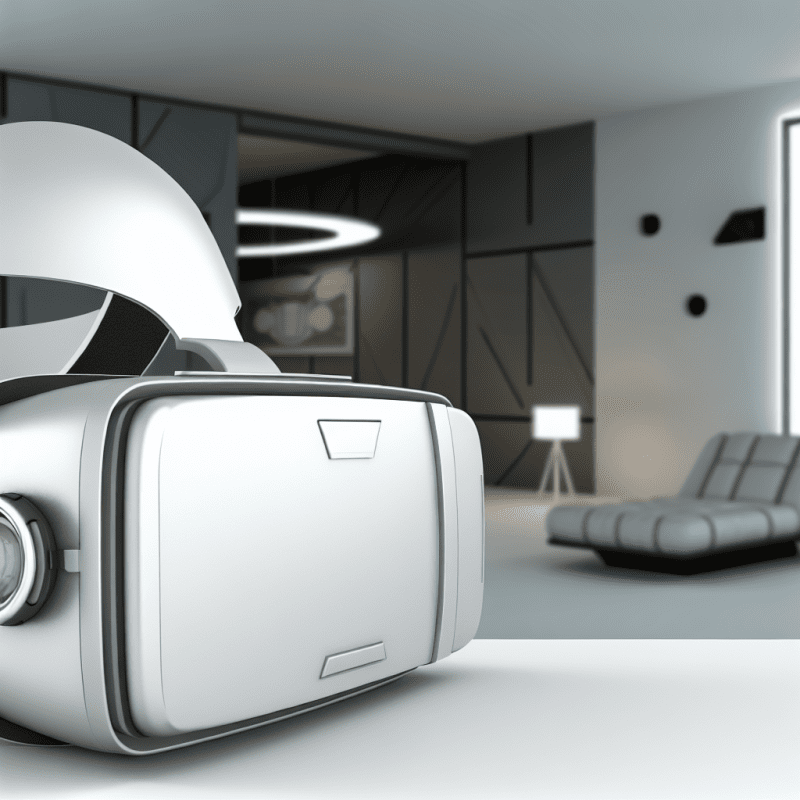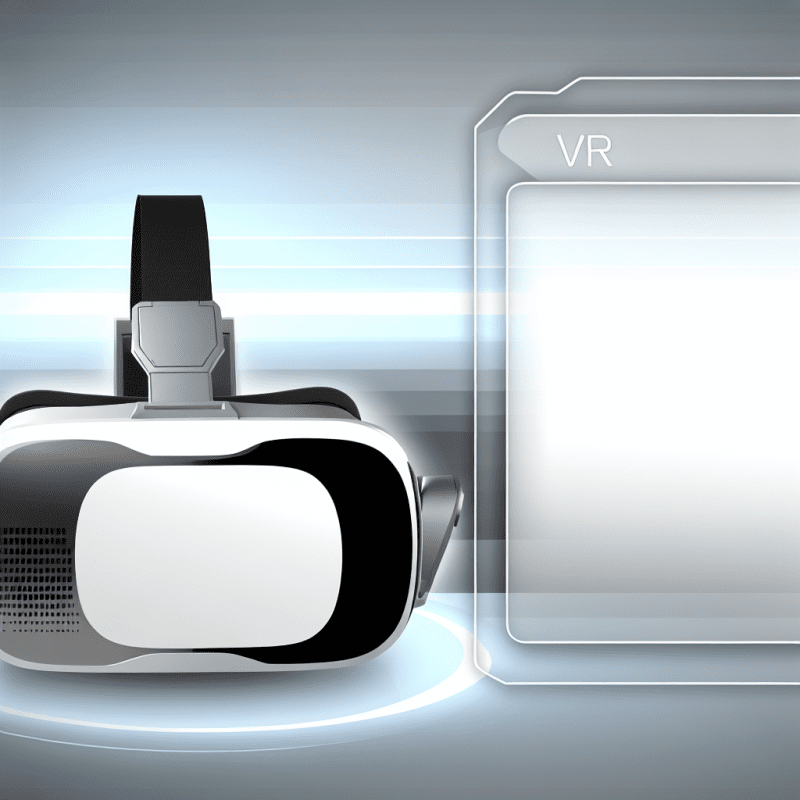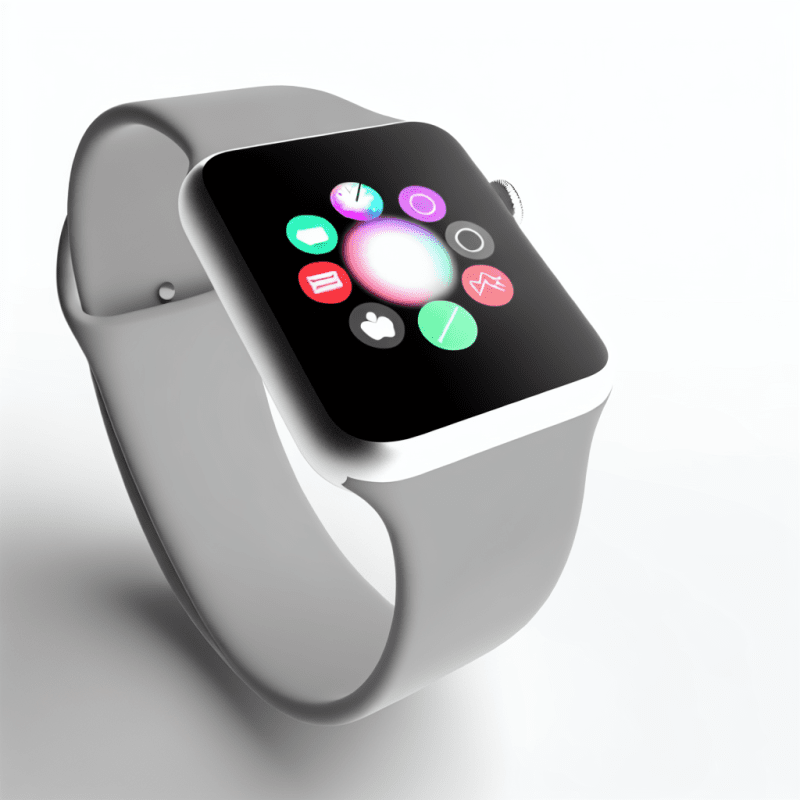Health rate monitors are devices that measure and track your heart rate, providing valuable insights into your cardiovascular health. They can help you understand how your body responds to different activities, from resting to intense workouts. By keeping an eye on your heart rate, you can optimize your exercise routines, manage stress, and even monitor your overall well-being.
There are various types of heart rate monitors available, ranging from simple chest straps to high-tech fitness trackers and smartwatches. Chest strap monitors are typically worn tightly around your chest, detecting electrical signals produced by your heart. Wrist-based monitors, on the other hand, use optical sensors to measure blood flow, making them more convenient for everyday wear. Both types provide real-time heart rate information, helping you stay in tune with your body.
Using a heart rate monitor during exercise can help you determine your optimal training zone. Different heart rate zones correspond to different fitness goals, such as fat burning, aerobic conditioning, or peak performance. By understanding these zones, you can tailor your workouts and achieve better results, whether you’re a beginner or an experienced athlete. Moreover, many monitors also track other fitness metrics, such as calories burned and exercise duration, giving you a comprehensive view of your activities.
Aside from fitness benefits, health rate monitors can also be used for monitoring stress levels and overall health. By observing how your heart rate fluctuates throughout the day, you can identify patterns that might indicate stress or anxiety. Some advanced monitors even provide features like sleep tracking, allowing you to assess your rest quality and make necessary adjustments to improve your health.
How They Work and Benefits
Heart rate monitors primarily work by using sensors to detect and measure the electrical signals produced by the heart. There are two main types of heart rate monitors: optical and electrical. Optical monitors use light to measure blood flow and can be found in many fitness trackers and smartwatches. When you wear one of these devices, it emits light that penetrates the skin, allowing it to gauge changes in blood volume with each heartbeat. On the other hand, electrical monitors, often found in chest straps, measure the heart's electrical activity directly.
The technology behind these monitors is quite fascinating. In optical monitors, the light emitted from LEDs reflects off the blood vessels and returns to the sensor. This analysis helps determine how many times your heart beats in a specific timeframe. Electrical monitors use electrodes to capture the electrical impulses generated during each heartbeat, providing accurate and real-time data on your heart rate.
The benefits of using heart rate monitors are numerous. For athletes, these devices can help optimize training by ensuring they are in the correct heart rate zone for maximum effectiveness. This data can guide them through high-intensity intervals and recovery periods, helping to boost overall performance. For everyday users, heart rate monitors can provide insight into their cardiovascular health, allowing them to track their fitness levels over time and recognize patterns that might indicate potential health issues.
Furthermore, many heart rate monitors come equipped with features that can enhance the user experience. For example, some devices sync with smartphones to provide a comprehensive overview of workouts, sleep patterns, and even stress levels. By having this information at their fingertips, users can make better-informed decisions about their health and fitness routines, ultimately leading to a more active lifestyle and improved well-being.
Choosing the Right Monitor
When it comes to understanding health rate monitors, picking the right one can significantly impact your fitness journey. With so many options available on the market, it’s important to consider a few key factors. The first thing to think about is the type of monitor you need. Do you want a wristband-style device, or would you prefer a chest strap that offers more accuracy during workouts? Each type has its own advantages, so evaluate what suits your lifestyle best.
Next, consider the features you require. Some health rate monitors are quite basic, providing only your heart rate and some basic stats, while others come loaded with advanced functionalities like calorie tracking, sleep monitoring, and GPS capabilities. If you enjoy running or cycling outdoors, a model with GPS may be indispensable for tracking your distance and pace. Additionally, many modern monitors sync with smartphone apps, making it easy to analyze your data over time.
Another crucial aspect to consider is comfort and design. A device that you find comfortable to wear throughout the day is more likely to give you accurate readings. Look for options with adjustable bands or ergonomic designs that fit snugly without causing discomfort. Style may also play a role; after all, you’ll want to wear a device that you find visually appealing, whether you’re at the gym or running errands.
Finally, think about your budget. Health rate monitors can range from affordable to high-end models, so it’s important to set a budget that works for you. Keep in mind that while some budget options might lack advanced features, they can still be effective for tracking your heart rate during workouts. Assess your priorities and invest in a monitor that offers the best value for your money without compromising on the features you deem necessary.
Tips for Effective Tracking
When it comes to monitoring your health rate effectively, there are several tips that can help you get the most accurate and useful data from your health rate monitor. First and foremost, it's important to wear the device properly. Whether it's on your wrist or chest, ensure that it fits snugly but comfortably. A loose fit can lead to inaccurate readings, while a piece that's too tight can become uncomfortable during your activities.
Another key aspect of effective tracking is to follow a consistent routine. Try to check your heart rate at the same times and under similar conditions—like before and after a workout. This consistency allows you to see patterns in your heart rate data, which can provide insights into how your body responds to different activities and stressors.
Don’t forget to familiarize yourself with the features of your health rate monitor. Many devices come equipped with various modes that can track different types of exercises, resting heart rates, and even sleep patterns. Take some time to explore these features to get a comprehensive view of your overall health and fitness levels.
Finally, keep a log of your readings. Writing down your heart rate data alongside notes about your physical activities, moods, or sleep can help you recognize trends and make informed decisions about your health. By combining this data with other lifestyle factors, you can create a clearer picture of your health journey and make adjustments as needed for better wellness.



